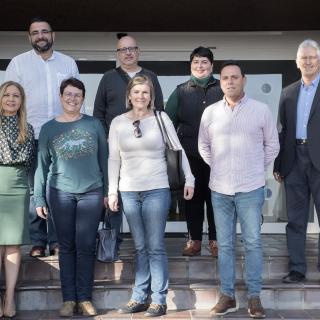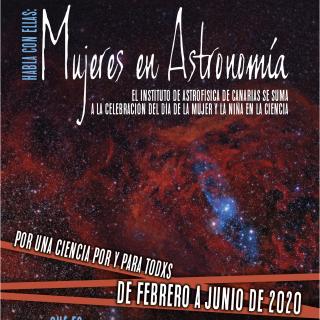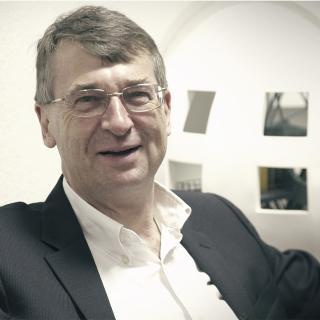
With the aim of motivating interest in scientific and technological (STEM) careers among the younger girls, and to publicise the work of the women astrophysicists and engineers at the IAC, in 2017 the audiovisual series "Girls who broke a glass ceiling while looking at the sky" was initiated. The series, inspired in the project "No-Nancies" by the astrophysicist Pilar Montañés is included in the project "The return of Henrietta Leavitt: from school to a research career via the theatre", an initiative of the IAC in collaboration with the Spanish Foundation for Science and Technology (FECYT)
Advertised on


![Oxygen-to-iron abundance ratios [O/Fe] vs. metallicity [Fe/H] of the iron-poor star J0815+4729 (large star symbol) compared with literature measurements. 1D-LTE oxygen-to-iron abundance ratios [O/Fe] vs. metallicity [Fe/H] of the iron-poor star J0815+4729 (large star symbol) compared with literature measurements from the [O I] forbidden line (diamonds), the near-IR O I triplet (circles), and the near-UV OH lines (squares). The two triangles at [Fe/H] ∼ −3.6 correspond to the oxygen measurement from OH lines in the metal-poor binary stars CS 22876–032 AB (González Hernández et al. 2008).](/sites/default/files/styles/crop_square_2_2_to_320px/public/images/news/figuraoxygenJ0815_f.png?h=063d2993&itok=TRrz9Jk_)

